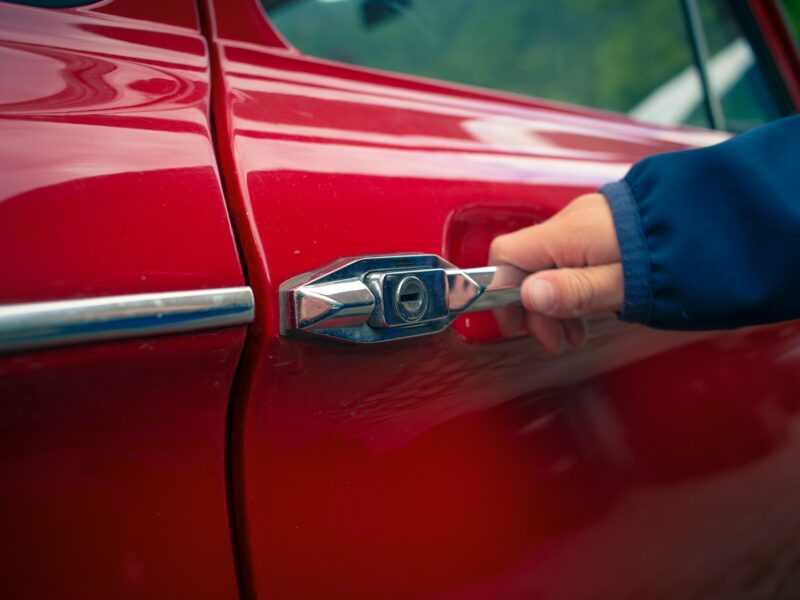It is possible to convert vans to make them handicap accessible. To make the van accessible, you must lift the roof and remove a few interior fixtures. Use of ramps and lifts is possible here. Giving passengers more room also necessitates lowering the floor.
Contents
Side-Entry Vs. Rear-Entry Wheelchair Van
Rear-entry wheelchair van conversions are a practical choice for those who need easy access to their vehicle. They come with a manual bi-fold ramp, which makes it easy to enter and exit the vehicle. The rear-entry style also makes parking the vehicle much easier. Rear-entry vans also feature a ramp located at the back of the vehicle.
A van that’s wheelchair accessible has a lowered floor and a higher ceiling. This is ideal for people who use wheelchairs that are extremely tall or difficult to maneuver inside the vehicle. A rear-entry wheelchair van conversion has room for a wheelchair and passenger seats.
The more widely used of the two choices is the side-entry van. It is a lowered-floor alteration that provides additional headroom for a passenger using a wheelchair to enter the car without difficulty. The front seats of side-entry vehicles are frequently removable, enabling the wheelchair user to either sit in the front passenger seat or operate the van themselves. They can accommodate in-floor ramps, foldout ramps, elevators, and side-entry doors can also have their center cut converted.
Cost of a Wheelchair Van Conversion
Several factors affect the cost of a wheelchair van conversion. First, the type of van to be modified determines how many modifications will be necessary. The most important modification is to lower the van’s floor to allow a wheelchair to enter. A ramp can be installed in front of the passenger side door or the trunk area at the vehicle’s rear. However, most users opt for a side-entry ramp because it allows easier parallel parking.
Another factor that affects the cost of a wheelchair van conversion is the manufacturer of the van. A wheelchair van conversion company that invests in innovation will be more expensive than one that does not invest in research and development. This type of investment is a sign of a knowledgeable company interested in the future of mobility.
Options for Converting a Van to a Handicap Vehicle
You have a few options if you are looking for a van that can be converted into a handicapped vehicle. These vans can be purchased new or modified. The difference between these two types of vans is the level of customization. Some vans may already have a handicapped accessibility option, while others may need to be converted to meet certain safety standards.
While converting a van can be complicated, you will find various options available. Some conversions require removing the interior components to create more space. Others require raising the roof or lowering the floor.
Benefits of a Wheelchair Van Conversion
A wheelchair van conversion has many advantages:
- It saves space. Rear-entry wheelchair vans are often lower in cost than side-entry vehicles and don’t require extra space for the ramp to deploy.
- The wheelchair van can fit into a smaller parking space.
- It’s much easier to get in and out of a rear-entry van than a side-entry vehicle.
A rear-entry conversion allows for more flexibility with floor plans. This conversion has lowered floor areas, allowing the wheelchair user to sit alongside the driver and front passenger. Additionally, rear-entry conversions allow the wheelchair user to sit directly in the middle of the vehicle, so their attendant can sit next to them.



